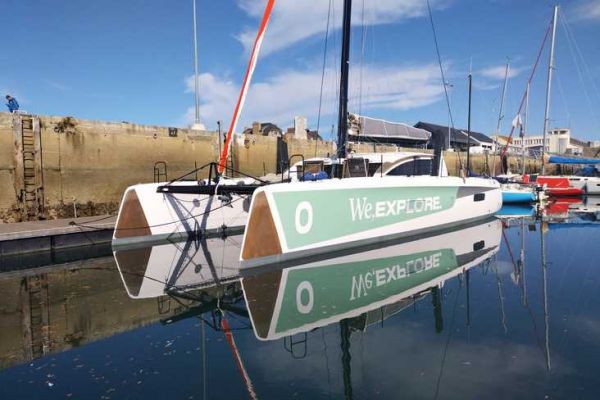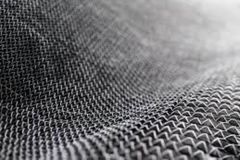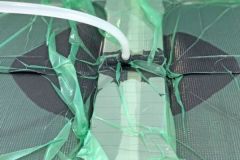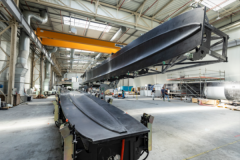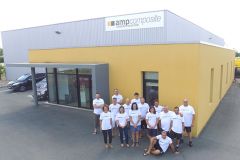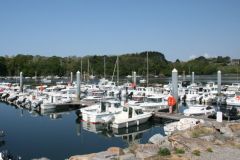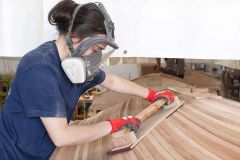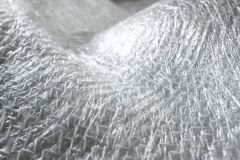The Coopérative Terre de Lin, which brings together French flax growers, has been involved for many years in the development of flax fiber as a natural fiber for composites. After various applications such as Roland Jourdain's We Explore catamaran and IDB Marine's Mojito sailboats, its president Guillaume Hémeryck talks to BoatIndustry about the sector's maturity and its ambitions for the nautical sector.
How did Terre de Lin come to want to enter the yachting market?
Currently, 80% of textile fiber goes to China and India. This is not something we wanted. Our customers have left. Even if we've kept a few customers in Europe, our idea was to be less dependent on Asia, and I'm convinced that the textile industry isn't coming back. So we've been working on composites for some twenty years, with successes in skiing with Salomon, but also in cycling. But the volume is very small. In the nautical sector, we started working with Kairos, Roland Jourdain's company, then with IDB Marine, via Kairos, and recently on the We Explore catamaran built by Outremer for the Route du Rhum. With all these projects, we've proved that it's technically possible.
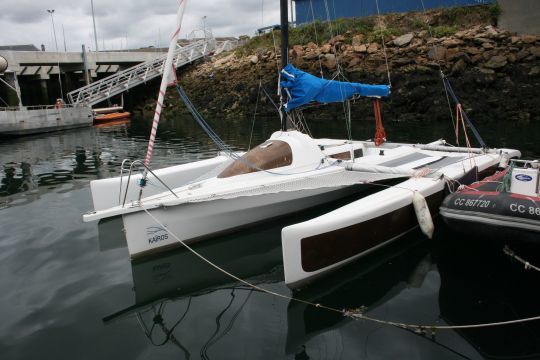
What are the obstacles to the development of flax in the yachting industry?
People are afraid of what's natural. Like any evolution, we have to think it through, and mistrust is healthy. We need to prove ourselves. The world of agriculture and 1st transformation is very different from industry. But legislation will be put in place, and there's potentially a big market.
The aim is to add value to linen and find an economic model. For textiles, linen is traded over the counter, month by month. For composites, we have multi-year agreements. So we have to find the right balance, because we use the same fiber quality for both markets.
When do you see the flax industry reaching maturity in the composite sector?
We work on 10-year horizons, to build something stable within a generation. Flax is a 100-day plant, very sensitive to the vagaries of the weather. So we're used to variations. That's why we need to anticipate. Today, we're working on niche applications, and the challenge is to integrate them into order books. People are impatient, but you have to do it right and take your time.
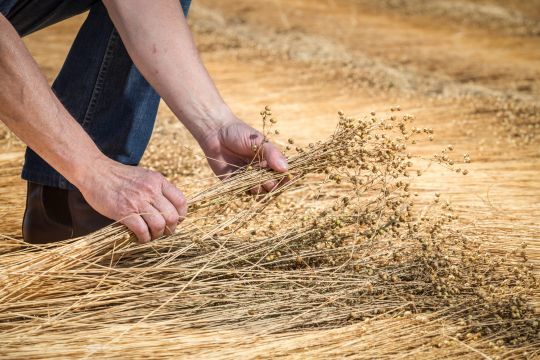
What do you say to those who worry about our ability to supply flax fiber?
Demand is low today and we're having no trouble supplying, but there are a lot of latent projects that need to be concluded.
Today, 300,000 tons of glass fibers and 180,000 tons of linen fibers are produced worldwide, where the fabric is the most important. Terre de Lin produces 30,000 tonnes, but our ambition is obviously not to replace all glass. 10 years ago, the market produced 100,000 T and today 180,000 T, because demand has increased.
Today, we're between R&D and production, but the industry is structured to invest.

 /
/ 